Not just Commodores and Falcons: The cars Australia made might suprise you
IT’S almost the end of the road for Australian car-makers, but they’ve left us a legacy of unique vehicles that powered the nation and were exported to the world.
News
Don't miss out on the headlines from News. Followed categories will be added to My News.
THE impending closure of Ford, Holden and Toyota as Australian car manufacturers spells the end of a rich automotive history.
And there’s so much more to the story than Falcons, Commodores and Camrys.
A vast number of car models, from makers around the world, were assembled here in Australia, and quite a few built unique cars specifically for Australia.
Some work and some, rather famously, didn’t.
Australia has built a reputation for inventiveness and for designing and engineering vehicles than are tough enough to cope in most conditions.
All three remaining manufacturers will maintain design and engineering hubs in Australia once their factories shut down, with Ford to employ more than 1000 people to help design cars for the world once its Geelong and Broadmeadows plants shut.
Australia is the ideal testing ground for the world.

Our government is stable, and our continent can offer everything from alpine snow to baking deserts and tropical heat and rain, with roads from the smoothest freeways to the dustiest outback tracks to test the mettle of new models before they’re sold to the public.
Our car people know how to build cars that can withstand everything that can be thrown at them, because they’ve had to do it for decades.
Here, we take a look at some of the marques that have called Australia home.
Holden
Holden started out as a saddlery manufacturer, J.A Holden & Co., in 1852.
It expanded into coach-building and by the 1910s, was producing car bodies for a range of cars.
It went into full-scale local manufacturing with its first fully indigenous car, the 48-215, in 1948.
On a wave of post-war prosperity and national pride in what the public considered to be Australia’s own car, Holden went on to dominate the Aussie car market for decades.
What are Australia’s best and worst cars? Let us know in the comments below.
Soon, the range expanded to include such household names as Kingswood, Torana and Gemini and, by the end of the ‘70s, the down-sized Commodore.
The Commodore became a larger car with the VN model in 1988, and was a number one seller in Australia for most of the past 20 years.
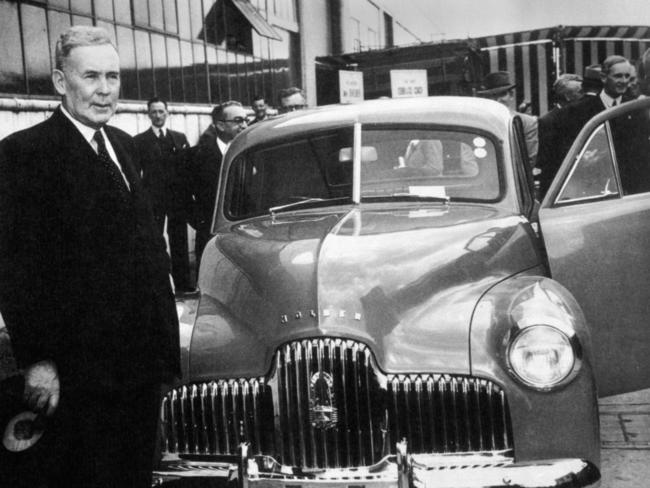
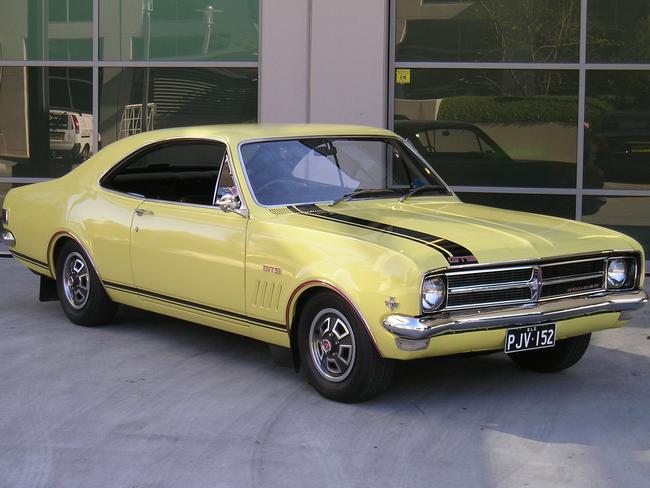
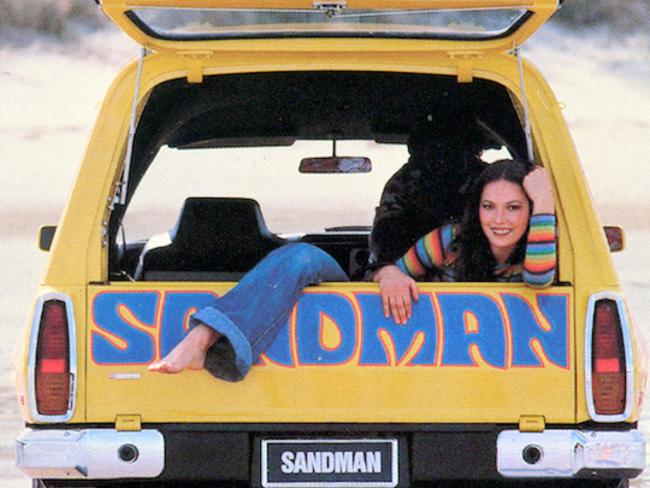
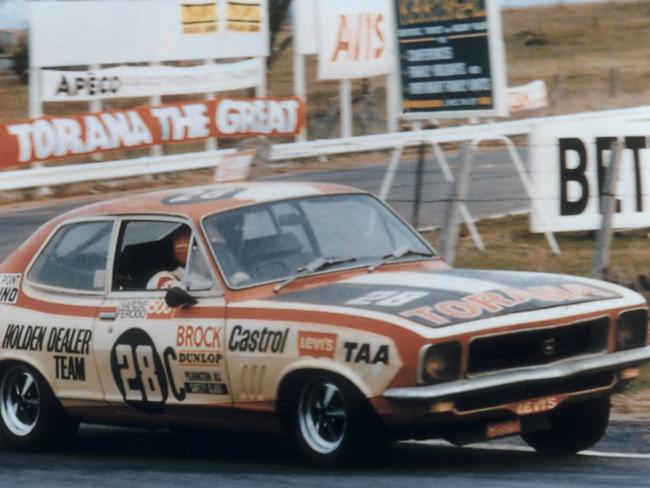
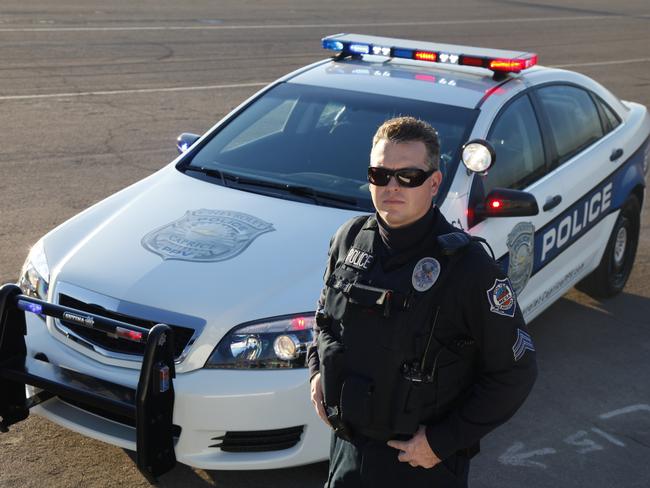
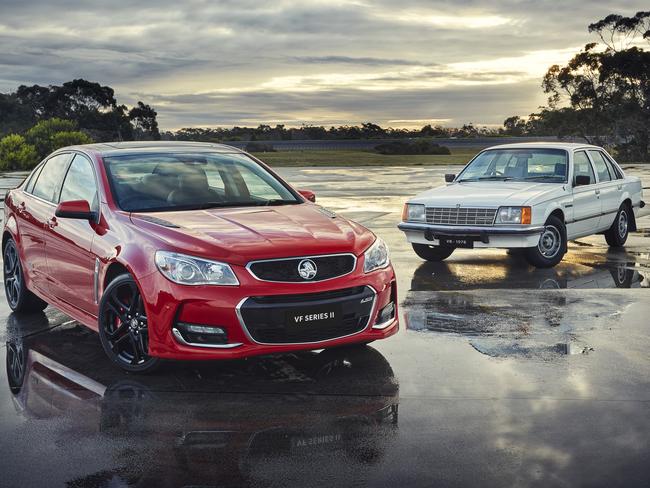
Ford
Ford’s history as an Aussie car-maker goes back to 1925, when it began assembling Model T Fords from a converted woolshed in Geelong.
Engineer Lewis Bandt gave the world the coupe utility (that’s a ute to you and me) when he grafted a truck tray to the front half of a 1934 Ford Coupe.
The body style, inspired by a Western District farmer’s wife who wrote to Ford asking for a car that would take her to church in comfort on Sunday and take the pigs to market on Monday, was the beginning of a trend that has produced millions of vehicles around the world including the F-150 pick-up, for decades one of the top-selling vehicles in the United States.
Ford’s first indigenous car, the Falcon, rolled of the production line at its Broadmeadows plant on June 28, 1960, and it became one of the world’s oldest car nameplates in continuous production - more than 56 years old by the time the plant closes in October this year.
International Ford models were also made here including the Cortina and Escort while the Ford Laser (from 1981) and Telstar (from 1983), built in Australia but based on the Mazda 323 and 626 respectively, were runaway successes in their classes.
These days, Ford makes on the Falcon sedan and ute and the Territory wagon.
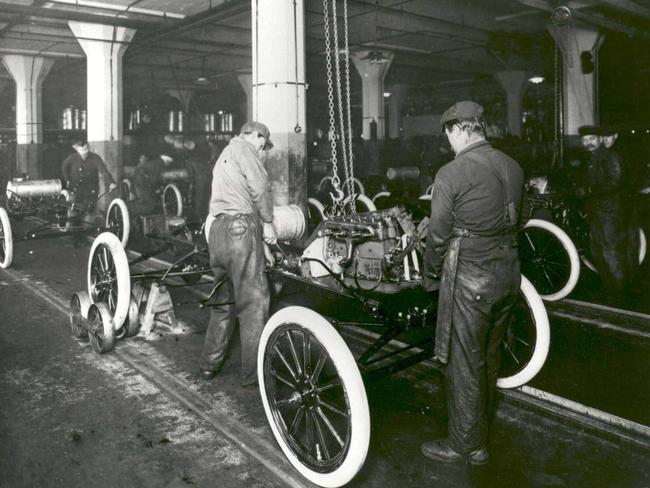
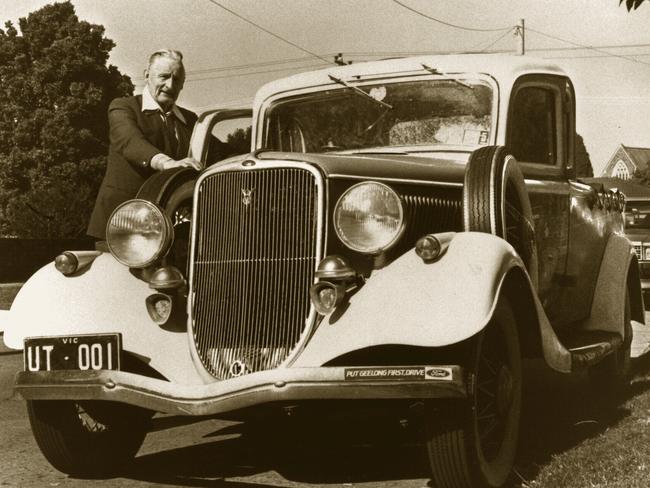

Toyota
Toyota’s first foray into Australia was when it contracted another company, Australian Motor Industries, to assemble its Tiara small car in a Port Melbourne factory in 1963.
It was the first time Toyota had assembled any car outside Japan, making the loss of local manufacturing in Australia particularly painful for the company.
By 1972, the Japanese giant bought out British Leyland’s stake in AMI, and in 1978 it established a second manufacturing plant in Altona, where it remains today.
In 1985, the company was re-named AMI Toyota, then Toyota Motor Corporation Australia
in 1987 when it bought out remaining AMI shareholders.
The Port Melbourne plant closed in 1994.
Toyota built a reputation for durability with locally built versions of models like the Corolla and Corona and, searching for a share of the larger car market, introduced the Camry in 1987, the six-cylinder Avalon in 2000 and its replacement, the Aurion, in 2006.
Toyota also builds Australia’s only hybrid car, based on the Camry.
It began importing the Corolla in 1999 to concentrate on the Camry range.
It’s expected Toyota will be the last car-maker standing but it will close its doors late in 2017, but the Camry is expected to live on as a fully imported model.

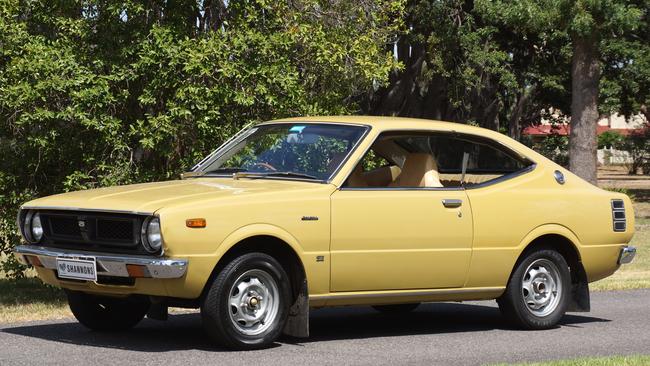
Chrysler, Mitsubishi
Both have a shared history in Australia - and shared the same fate ultimately.
Chrysler Australia’s origins were in an Adelaide coachbuilder, TJ Richards and Sons, which built car bodies for a range of manufacturers, but by 1928 its main activity was constructing bodies for Chryslers and Chrysler marques Dodge, De Soto and Plymouth.
The Richards family soild out to a group of independent dealers, Chrysler Dodge Distributors (Holdings Pty Ltd, which in turn was bought out by the US parent in 1951.
Chrysler began assembling North American car and truck models.
Its locally assembled version of the US “S-Series” PIymouth Valiant morphed into a local version, the AP5 Valiant, in 1963, and with that Chrysler entered the Australian manufacturing game.
In 1965, Chrysler Australia merged with ROOTES AUSTRALIA, the local arm of the British car manufacturer.
Rootes had been building cars in Port Melbourne since the 1940s, and its Hillman Hunter and Arrow ranges now sold alongside Chrysler models.
By the early 1970s, the same plant was producing the Mitsubishi-designed Chrysler Galant.
The Galant small car came about after US Chrysler bought 15 per cent of Mitsubishi Motors.
In the same year, Chrysler released its all-new VH Valiant and, with it, the Charger coupe.
Under Mitsubishi’s growing influence, in 1977 Chrysler released the Sigma, a new mid-sized four-cylinder car.
By 1980, Mitsubishi took over Chrysler Australia and became Mitsubishi Motors Australia.
Valiant production ended in August 1981 while Mitsubishi forged on with the Sigma and the new Colt small car until 1985, when the larger Magna arrived to critical acclaim.
It later expanded the Magna range with a wagon and luxury Verada sedan, and in 2005 re-launched the car as the 380, but poor sales forced Mitsubishi hand. It closed the factory in 2008.
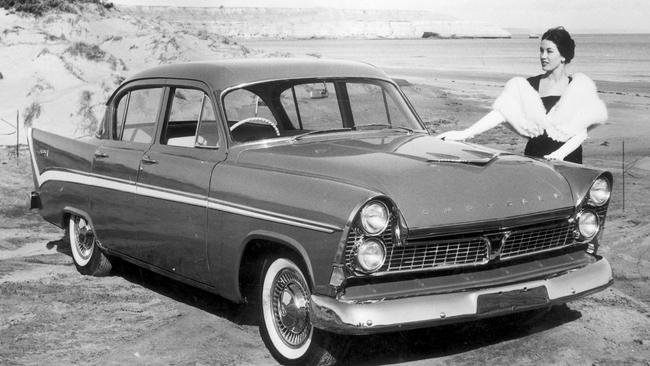
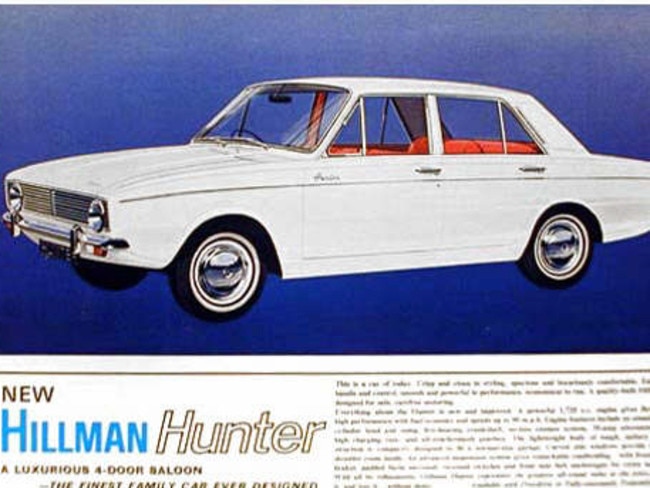
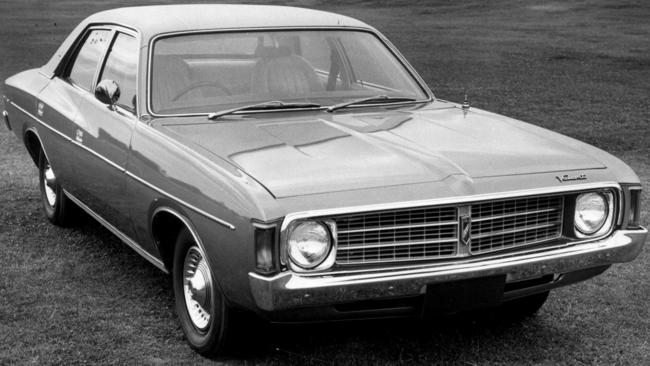
Nissan
Like Toyota, Nissan entered the Australian car industry by importing sets of car parts for assembly.
It contracted the Pressed Metal Corporation, a Sydney-based coachbuilder, to assemble its Datsun Bluebird 1300 in 1966.
That arrangement lasted about 18 months, when it switched to another company, Motor Producers Ltd in Clayton, to assemble Datsun cars alongside Volkwagens and some Volvos.
By the early 1970s, Datsuns were being made with at least 60 per cent local content.
Nissan took over the Clayton plant in 1976 for full local manufacturing.
By the mid-’80s, Nissan’s Bluebird, 200B and other models were replaced by a line-up that including the Skyline, Pintara and Pulsar.
Nissan even supplied six-cylinder engines from its Skyline to Holden for use in their VL Commodore.
But despite improving quality, Nissan’s financial position forced it to close its Australian factory in 1992.
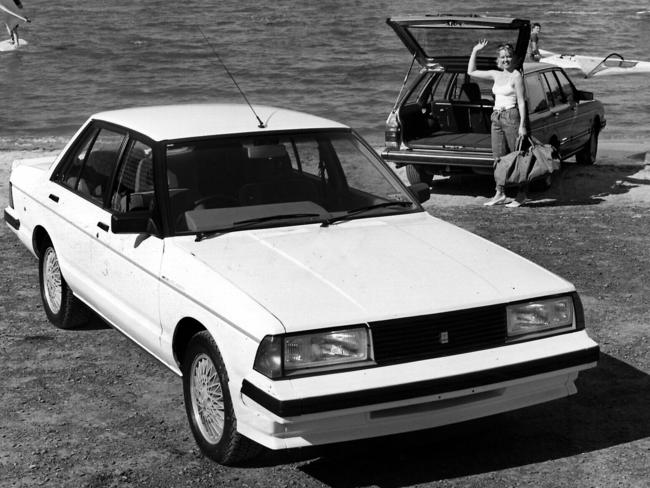
Australian Motor Industries
Australian Motor Industries offered a wide variety of cars from different makes, was for many years almost entirely Australian-owned and gave rise to Toyota in Australia
AMI started out as a much smaller company, Standard Motor Products, an importer of English Standard and Vanguard cars.
It began local assembly in Port Melbourne in 1952, then changed its name to 1958 when it was contracted to assemble Mercedes-Benz cars here, which it did until 1961.
It also assembled Triumph cars for British Leyland and Ferguson tractors.
In 1960, it began assembling the Rambler range of cars from American Motors Corporation, then Toyota contracted AMI for assembly in 1963.
By 1967, AMI was assembling 32 models and fully importing Corollas for its dealer network.
In 1968, Toyota took a controlling interest in AMI, and bought British Leyland’s shares in 1972.
Cars were assembled with local components to ensure the company received tariff concessions
Triumph production lasted until the collapse of British Leyland in the mid-1970s and AMC vehicles were built here until 1978.
Toyota assumed total control in 1987 and the AMI name disappeared.
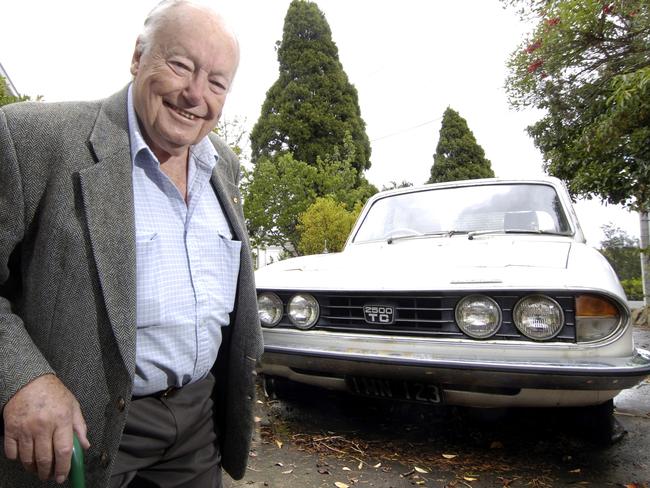
VOLKSWAGEN and Australian VW distributors formed Volkswagen Australia in 1957 and based the new company at a factory in Clayton that had been assembling Beetles since 1954.
Panels were pressed there from 1957 and by 1967 engines and most components for models including the Beetle and Kombi were manufactured at Clayton.
The company even developed an Australian-only model, the Country Buggy (a VW version of the Mini Moke) using Beetle and Kombi parts.
But dropping sales forced VW to go back to assembly only in 1968.
A new company, Motor Producers Ltd, was formed in 1968 and Datsuns and some Volvos were also assembled at Clayton.
In 1976, Volkswagen abandoned local manufacturing and sold the factory to Nissan, which continued building cars there until 1992.
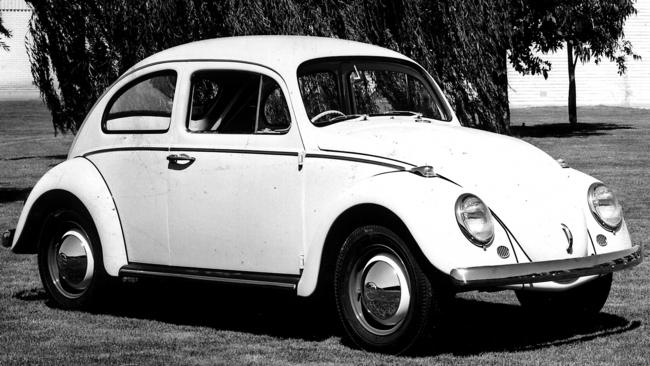
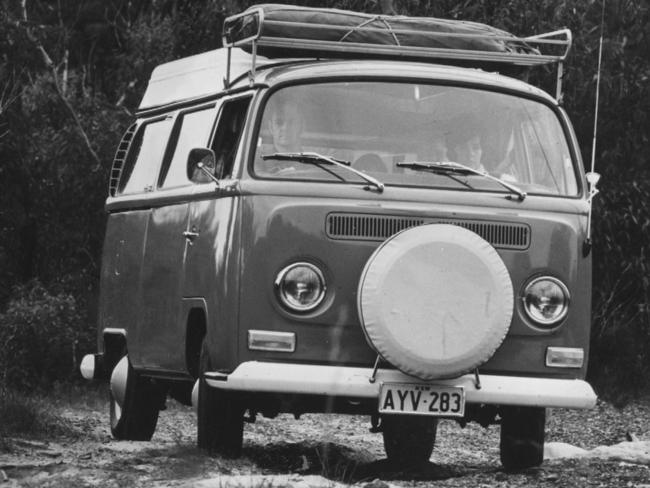
British Leyland
Started in Australia as the British Motor Corporation (Australia) and assembled Austin and Morris cars at its factory in the Sydney suburb of Zetland from 1954.
Its Austin Lancer and Morris Major models were local versions of Britain’s Wolseley 1500 but
were modified for Australian conditions.
The Mini hit Australia in 1961 as the Morris 850. In 1965, an Australian-only Mini line-up boasted hydraulic suspension, wind-up windows, a starter key and improved options and trims.
Its Austin Freeway, Austin Tasman and Austin Kimberley were also heavily modified versions of English cars, some with a unique six-cylinder engine.
BMC Australia became the British Leyland Motor Corporation of Australia in 1969 when Leyland and BMC merged in the UK.
The Morris Marina joined the line-up in 1972 as the Leyland P76 was under development for its release in 1973.
The P76 was bigger than Ford’s Falcon, Holden’s Kingswood and Chrysler’s Valiant, and came with a straight six or an all-alloy V8, but quality problems and the parent company’s financial woes forced the end of manufacturing in October 1974.
Minis were assembled by Pressed Metal Corporation in Sydney for a few more years.
The company because Jaguar Rover Australia in 1983, assembling the Peugeot 505 during the 1980s while separate divisions of the company produced trucks and buses.
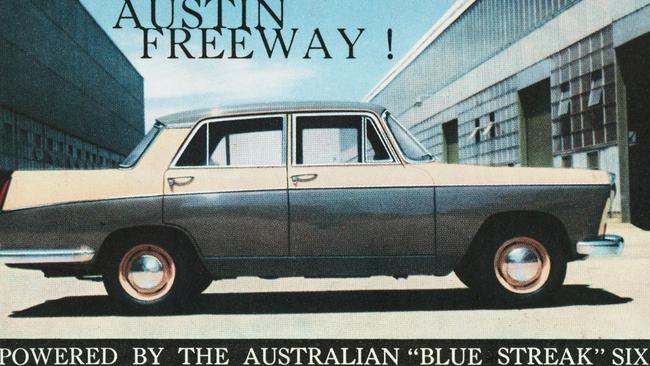
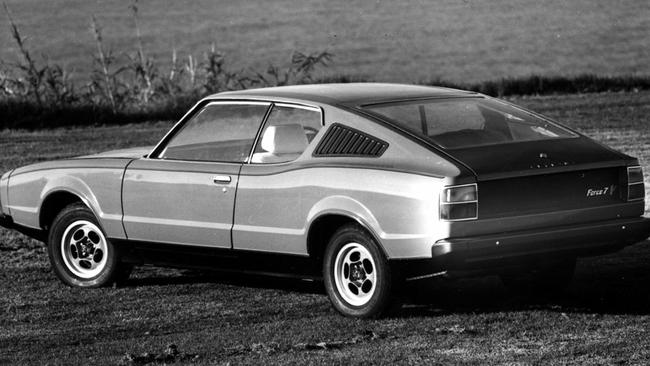
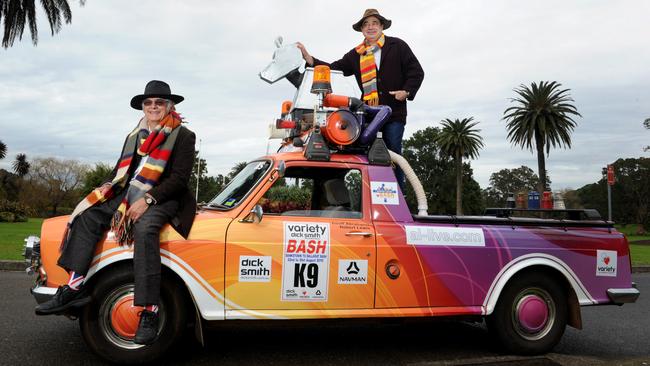
Renault
Renault established an assembly plant in Heidelberg West in 1966.
Renault first began directly importing cars to Australia in the 1950s and, later, had cars assembled in Australia under contract.
Models built in Heidelberg West included the Renault 10, 12 and 16.
Some Peugeot vehicles were also assembled by Renault under contract.
Renault reverted to importing and closed the plant in July 1981.
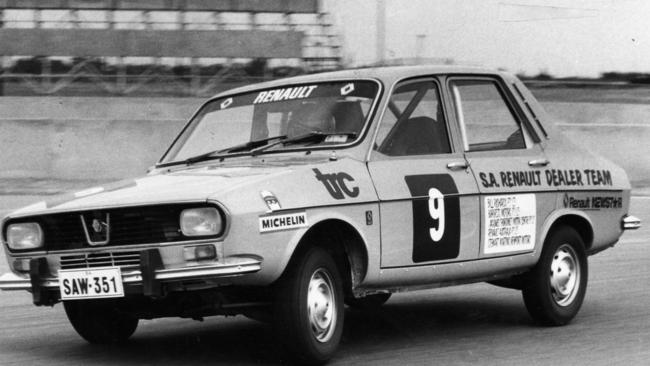
Long lost American car marque STUDEBAKER set up an Australian assembly plant in Melbourne in 1960.
Production was based on the Lark sedan and wagon, and a ute..
Its best year as an assembler was in 1963, when it sold 1262 sedans, 152 wagons and 27 utes.
A two-door Studebaker was the first car used by the detectives from the iconic Melbourne police drama Homicide.
The last Australian-assembled Studebaker rolled off the line in 1966, the same year the parent company shut its doors.
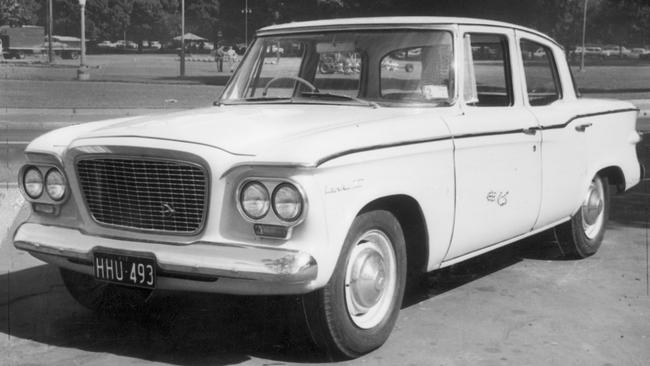
Lightburn
A cement mixer and washing machine maker in Adelaide turned its hand to the tiny and quirkily-styled Zeta range of cars in 1963.
Lightburn produced 363 Zetas all up, including 27 of the Zeta Sports roadster and eight utes.
The two-door sedan (known as the Zeta Runabout) and until were powered by a 324cc engine, while the sports model got a more generous 498cc engine.
The cars had a fibreglass body attached to a steel chassis and perspex windows on the sides and rear.
But against the all-conquering Mimi, it didn’t stand a chance.
The last Zeta was built in 1966.


